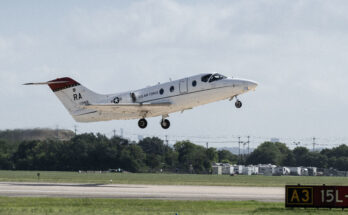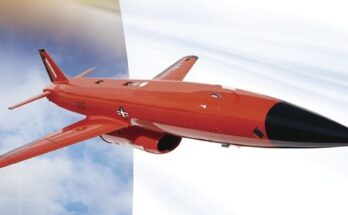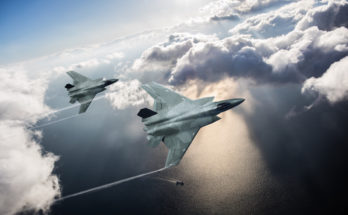
Oh what a difference a few years make. After IVAS displayed a burst of promising development breakthroughs earlier in the decade, the long-term prospects of the Integrated Visual Augmentation System are in serious doubt given the current budget shortfalls. With only $89.4 million allocated for IVAS in the latest Army budget for FY24 – a considerable drop from the $210.6 million of the previous year – it would appear that the once exciting hopes for IVAS have dimmed considerably.
Even more ominously, early June brought news that IVAS’ prime contractor, Microsoft, planned to reduce the number of employees working on the headset. According to Bloomberg, the company will terminate 10,000 jobs and several hardware projects, including those within its extended reality division.
Despite this, the program marches on, and new subcontractors have joined the effort to fulfill requirements for the many, still planned-for subsystems that IVAS will require. For example, in February 2023, Aeyon was awarded a five-year, $18.5 million contract to provide Robotic Process Automation (RPA) services for the system.

IVAS is the product of an ambitious U.S. Army program to radically transform the situational awareness capabilities of dismounted soldiers. The system, under development since around 2018, is based on Microsoft’s HoloLens 2 augmented reality glasses.
The program made a huge splash in March 2021 when the service announced that Microsoft had won a five-year contract to build more than 120,000 customized headsets. According to Microsoft, at the time the deal was worth up to $21.8 billion over 10 years.
The succeeding years, however, have seen considerable uncertainty regarding the system’s long-term prospects. Despite the U.S. Senate Armed Services Committee’s request in June 2022 for an extra $21 million for FY23 to accelerate the development of IVAS, House appropriators announced plans to cut the overall procurement budget by $1 billion for the year, with cuts of $400 million for IVAS.
Rigorous, real-world testing has presented serious challenges to the makers of the multi-component system, which may have led to questions about its ultimate viability. Few high-tech systems meant to be worn by actual soldiers in harsh environments advance in development without serious vulnerabilities being exposed. Also, VR tech, in general, is notorious for being difficult for those predisposed to the effects of vertigo – perhaps an easy thing for proponents to downplay, but not so much for users.
In December 2022, the U.S. Army Public Affairs Office announced the award of a task order to Microsoft to develop the 1.2 variant of IVAS, providing improvements based on completed test events. Perhaps addressing critics of the system, the Army further stressed that it was “fully committed to IVAS and the leap-ahead capability it will provide for Soldiers to prevail on the battlefield.”
The service also appeared to address the issue of adverse effects with this announcement. In addition to mentioning IVAS improvements, the release stated that IVAS 1.2 would include a “new form factor to address Human Systems Integration, including physiological impacts identified during testing.” The new version would also add a lower profile head-up display with distributed counterweight for improved user interface and comfort.
According to the Army, by the end of 2022, the service had conducted over 30 soldier test events and more than 100 technical sub-tests, with more than 1,000 soldiers contributing nearly 100,000 hours of IVAS user feedback.
Forecast International’s eight Military Electronic Systems Market Intelligence Services cover the full range of defense-related systems and programs in the radar, communications, electro-optical, and electronic warfare markets, presenting a comprehensive market outlook for current equipment as well as new systems being developed as the modern battlefield moves toward a technology-based warfare approach with network-centric capabilities. For more information, click here.
Andrew Dardine is lead analyst for Forecast International's Defense Electronic Systems group. He is the primary author of Forecast International's Electronic Warfare Forecast and co-author of Electro-Optical Systems Forecast and C4I Forecast. Andrew is also a regular contributor to FI's Defense & Security Monitor blog, offering insights into developing technologies such as directed-energy and next-generation jamming systems. His analysis of such vital market areas as EO/IR systems and electronic countermeasures technology has been cited in Defense News, Aerospace Daily, and Bloomberg Businessweek, among other news media. He has also written about the electronic defense market for Aviation Week and the Journal of Electronic Defense.




